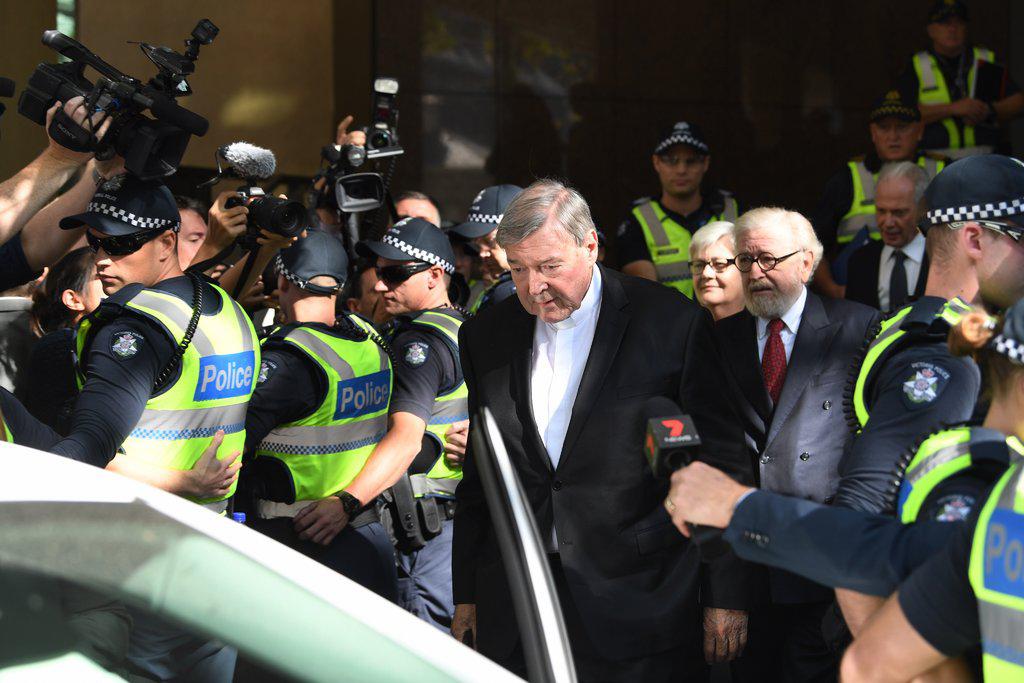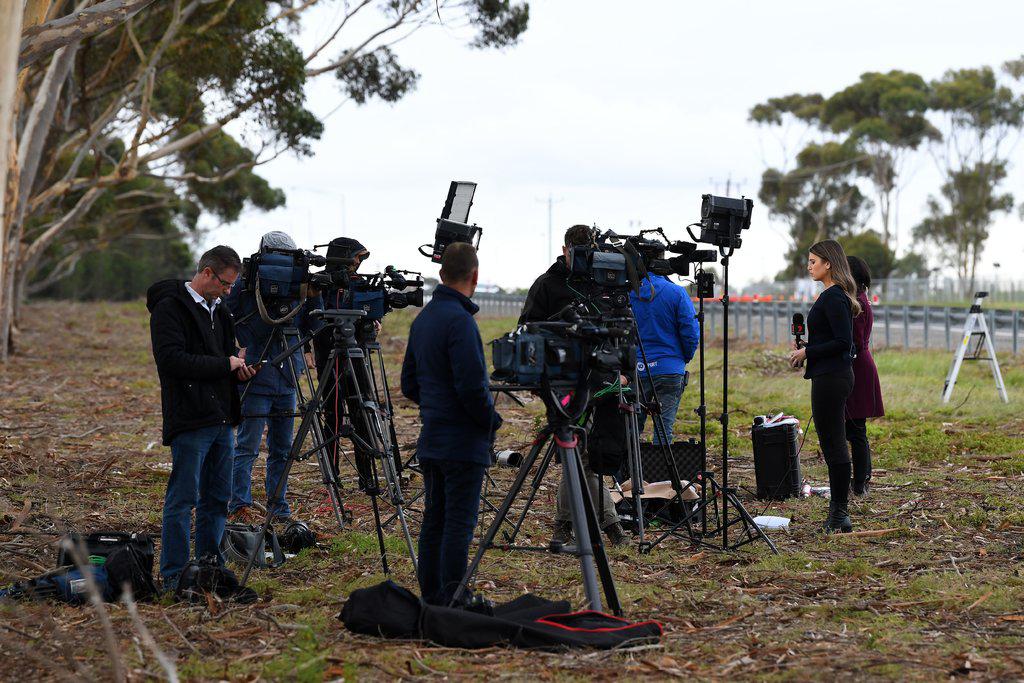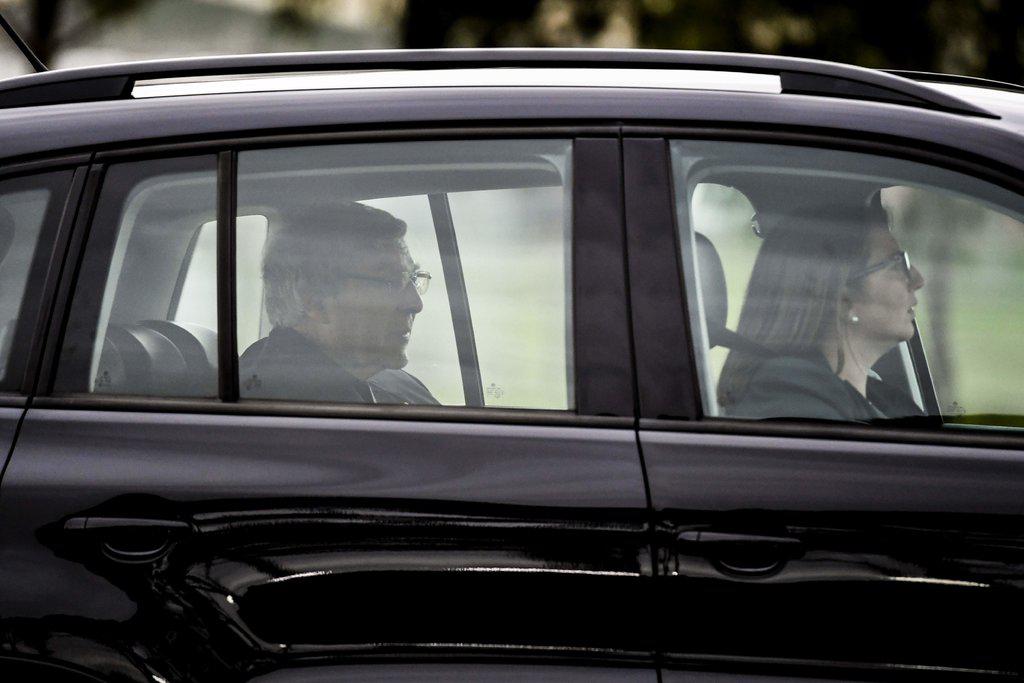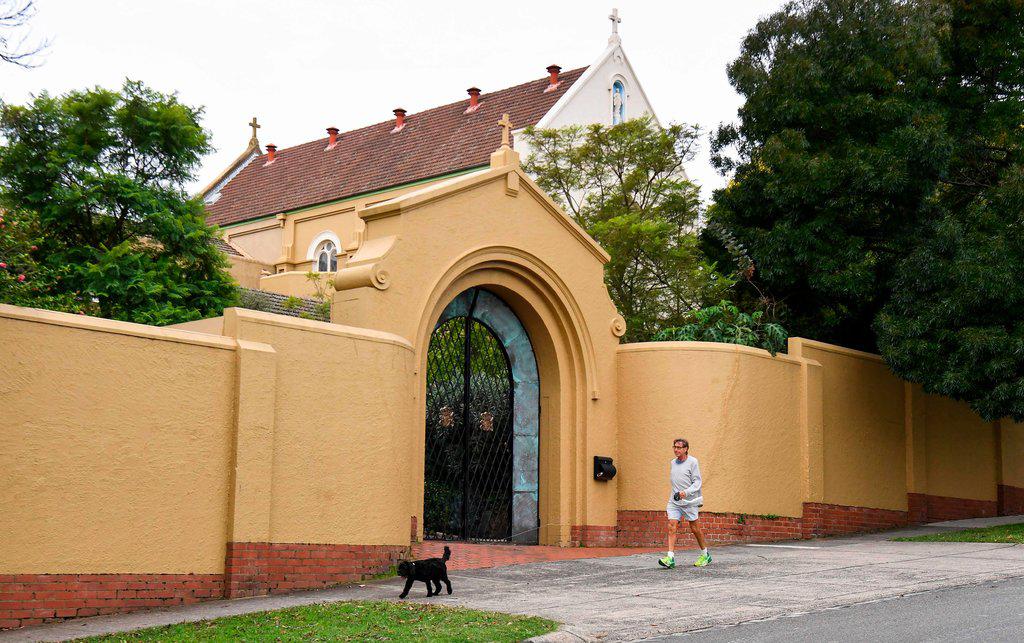|
Cardinal Pell’s Acquittal Was as Opaque as His Sexual Abuse Trial
By Damien Cave And Livia Albeck-Ripka
Critics argue that Australia’s courts exhibited a penchant for secrecy and insular decision-making that resembled the Roman Catholic Church’s flawed response to sexual abuse within its ranks. SYDNEY, Australia — Cardinal George Pell walked out of prison on Tuesday after Australia’s highest court reversed his 2018 conviction for molesting two choirboys decades earlier — liberating the most senior Roman Catholic cleric to ever face trial over child sexual abuse. The world may never be able to assess whether the court’s reasoning was sound. The panel of seven judges ruled that the jury lacked sufficient doubt about the accusations against Cardinal Pell, the former archbishop of Melbourne and treasurer for the Vatican. Jurors, the court argued, ignored “compounding improbabilities” caused by conflicting accounts from the cardinal’s main accuser and other witnesses. But no one outside the court case can test that comparison. The central evidence — the testimony of the main accuser, on which the case “was wholly dependent,” the judges wrote — has never been released, not in video, audio nor even redacted transcripts. It is just one glaring example of the secrecy and lack of accountability that have shaped the Pell prosecution from the beginning. No criminal trial in Australia’s recent history has been as high-profile nor as hard to follow and scrutinize. The case has been a model of opaque operations, starting with judges who dismissed related allegations early on, followed by gag orders preventing media coverage and a refusal to release evidence — even when a jury verdict is dismissed as unreasonable. Legal experts said that the case made clear just how much power judges in Australia have to suppress public oversight and overrule jury verdicts, raising questions about whether the system adequately values citizen participation. At every stage, critics argue, Australia’s courts exhibited a penchant for secrecy and insular decision-making that resembled the Catholic Church’s flawed and damaging response to sexual abuse within its ranks. “It’s endemic to various areas in the landscape of Australian governance,” said Jason Bosland, a law professor at Melbourne University. “We have this approach of ‘Well, you just have to trust us.’ It’s a problem.” Australia’s legal system is built on British common law. There is no explicit protection in the constitution for free speech, although the High Court has said it implicitly does in some cases. And a verdict by a jury can be thrown out if an appeals court determines that its decision was unreasonable or could not be supported given the evidence. The success of such appeals is rare — but it worked for Cardinal Pell. If the decision came as a surprise, it’s largely because of how little the public could see along the way. From the very beginning of the case, Australia’s judges resisted legal principles that treat criminal trials as public events in order to ensure accountability for a justice system that promises an impartial rule of law. Early on, a sweeping suppression order restricted what journalists could publish, barring even the most basic details, such as the number of people involved in the original complaint. Strict rules that apply to all criminal cases, aiming to protect juries from information that might prejudice their decisions, also contributed to both a news and accountability blackout. The court prevented any mention of additional accusations lodged against Cardinal Pell and pressured news outlets to delete stories already published. “Cardinal: The Rise and Fall of George Pell,” a book by the journalist Louise Milligan, was pulled from bookstores to avoid risking a contempt of court charge. Journalists could not report on the case as it happened, meaning the original trial, which ended with a hung jury, largely disappeared. Even reporting about the suppression order, because it was a court document related to the proceedings, would have been considered breaking the law. “A problem in this case is that the public mostly couldn’t watch,” said Jeremy Gans, a professor at Melbourne Law School who closely followed the trial. “Most of us didn’t know any of the details, and none of us have seen the complainant’s testimony.” There was a reason for caution. Australia’s sexual abuse laws require that the identities of child victims be protected — in this case, the main accuser was 13 years old at the time of the alleged abuse in 1996. He came forward in 2015. But critics question whether the public’s right to know could have been preserved. “There should be some way of providing the public with access to the transcript in a way that doesn’t reveal the identity of the person so people can judge whether or not to agree,” Mr. Bosland said. “The only way the judicial branch of government is held accountable is through principle of open justice, and that requires that the public be given as much information as possible.” In its ruling on Tuesday, the High Court essentially decided the criminal case of one of the world’s most powerful religious figures based on how a jury had handled testimony that no one outside the proceedings has been able to assess. The judges’ order suggested that jurors put too much faith in the main accuser’s account without adequately considering the “unchallenged evidence” of additional witnesses. The prosecution, the order indicated, did not do enough to interrogate those who said the scene following a Sunday Mass 20 years earlier would have been too busy to allow for what was alleged — including the accusation that the cardinal forced his penis into the accuser’s mouth after catching the two choirboys drinking wine in the priests’ sacristy. But without the testimony of the accuser for comparison, it’s difficult to assess what led the jury to deliver a guilty verdict. Even some victims and their representatives said on Tuesday that they were beginning to question whether justice required completely obscuring the complainant’s testimony. Steven Spaner, Australia coordinator for the Survivors Network of Those Abused by Priests, said that as the trial went on, culminating in acquittal, “it started to look like this was not a fair deal, this was power, this was those who can influence using their influence.” Cardinal Pell’s prominence has always seemed to hover over the proceedings. Big George, as he was known in his hometown of Ballarat, Australia, carried a domineering mien and management style from his early days in the priesthood through his rapid rise up the ranks. He was often the public face of the Catholic Church’s response to the abuse scandal. As archbishop of Melbourne, he set up an alternative resolution process for abuse survivors that the Vatican admired, and that many Australians viewed with skepticism. It initially capped payments at 50,000 Australian dollars, or $31,000, with compensation conditioned on victims keeping their traumas confidential. Many saw him as a protector of finances first, and parishioners second. “There are a lot of people saying Pell was a scapegoat for the tragedy of this whole thing,” said Peter Wilkinson, a former Catholic priest and researcher in Melbourne. “That’s a reasonable argument. People were angry, extremely angry, and the allegations against George Pell gave then a human target for their anger.” A statement from the Vatican said Pope Francis “welcomes the High Court’s unanimous decision,” adding that he “has always expressed confidence in the Australian judicial authority.” He offered his morning Mass on Tuesday for those who suffer from unjust sentences. But for many of those who have been living with the legacy of abuse in the church, the High Court’s decision is a blow to their faith in a justice system they had just started to trust. Lisa Flynn, a lawyer representing the father of the deceased accuser in a civil claim, said that her client was struggling to understand how the criminal justice system had ultimately “failed both the choirboys” — the one who testified and a second who died before the trial. She said that the High Court’s decision revealed systemic issues in Australia’s capacity to deal with sexual violence and to trust the verdicts of its citizens. “The voice of the victims in this matter,” Ms. Flynn said, “haven’t really been heard.”
|
.
Any original material on these pages is copyright © BishopAccountability.org 2004. Reproduce freely with attribution.



